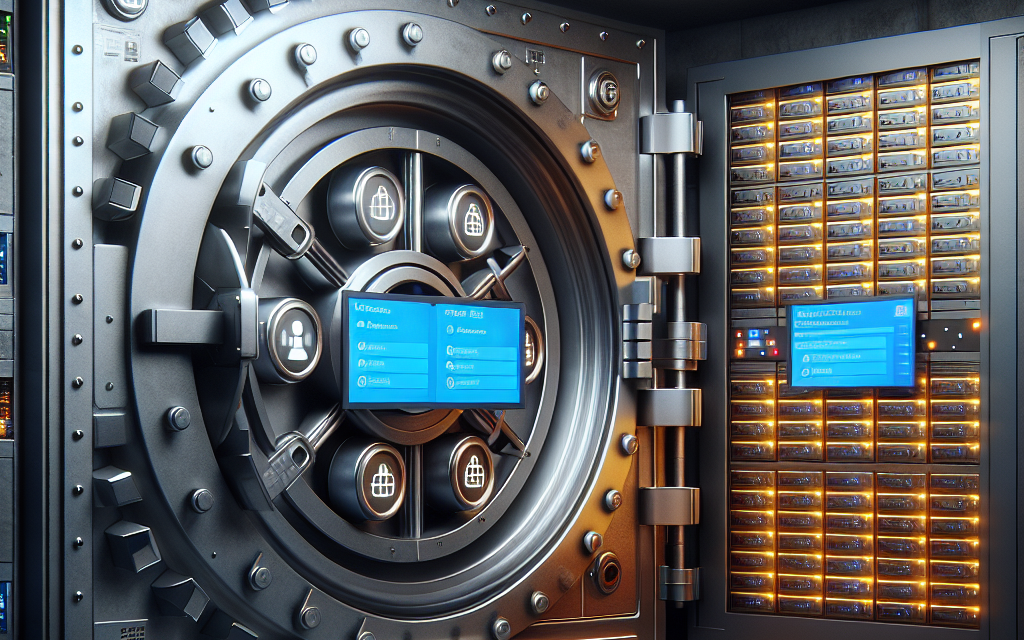As Windows Server Containers continue to gain popularity for their ability to package applications and dependencies together, ensuring the security of these containers has never been more critical. In this article, we will explore best practices for securing Windows Server Containers, drawing on industry standards and practical experience. Organizations like WafaTech understand that security is a layered approach, and it’s essential to implement these best practices to protect your containerized applications effectively.
1. Use the Latest Windows Server Version
Always use the latest version of Windows Server and keep your system up-to-date with security patches. Microsoft regularly updates Windows Server with security enhancements and fixes that help protect against vulnerabilities. Running outdated versions increases the risk of exposure to known threats.
2. Implement Role-Based Access Control (RBAC)
Limit access to containers through Role-Based Access Control (RBAC). This helps to enforce the principle of least privilege, ensuring that users have only the permissions necessary to perform their tasks. By assigning specific roles and permissions, you can reduce the attack surface and minimize the risk of unauthorized access.
3. Configure Container Networking Security
Network exposure can be a significant vulnerability. Use container networking settings to restrict access to containers:
- Utilize network policies to control traffic between containers.
- Isolate sensitive services by using distinct networks or segments.
- Implement firewalls and security groups to filter incoming and outgoing traffic.
4. Use Trusted Base Images
When deploying containers, always use trusted base images. Avoid public images from unverified sources, as they may contain malicious code or vulnerabilities. Instead, utilize official Microsoft images from the Docker Hub or your organization’s private repository. Regularly review and update your base images to ensure they are secure.
5. Implement Image Scanning
Employ image scanning tools to identify vulnerabilities in your container images. Various tools can automate this process, helping you detect security issues before deploying images to production. Make image scanning part of your CI/CD pipeline to catch issues early in the development process.
6. Limit Container Privileges
Run your containers with the least privileges necessary. By default, containers run as root; however, you can specify a less privileged user. This limits the potential damage that a compromised container can inflict on the host and other containers.
7. Monitor and Log Container Activity
Implement robust monitoring and logging for container activity. This allows you to track any suspicious behavior and respond promptly to incidents. Use logging tools that integrate with Windows Server to monitor events and maintain compliance with regulatory requirements.
8. Utilize Windows Defender and Antivirus Solutions
Windows Defender ATP provides advanced protection against threats for Windows containers. Ensure that you enable and configure Windows Defender to monitor your container host and its workloads. Incorporate antivirus solutions to provide an additional layer of security.
9. Enable Security Features
Take advantage of built-in security features in Windows Server:
- Windows Defender Credential Guard: Protects credentials using virtualization-based security.
- Device Guard: Prevents unauthorized code execution in your containers.
- Windows containers isolation modes: Utilize Hyper-V isolation for better security of multi-tenant environments.
10. Implement a Robust Backup and Recovery Plan
Regularly back up your container data and configurations. Ensure you have a disaster recovery plan that allows for quick restoration of services in the event of a breach or system failure. Practice routine drills to test your backup strategy and ensure it is effective.
Conclusion
Securing Windows Server Containers is essential for organizations leveraging containerization in their IT strategies. By implementing these best practices, you can significantly enhance your container security posture and protect your applications from potential threats. Remember, security is not a one-time effort but an ongoing process that requires regular reviews and updates.
For more tips and expert advice on technology and cybersecurity, stay tuned to WafaTech Blogs.





